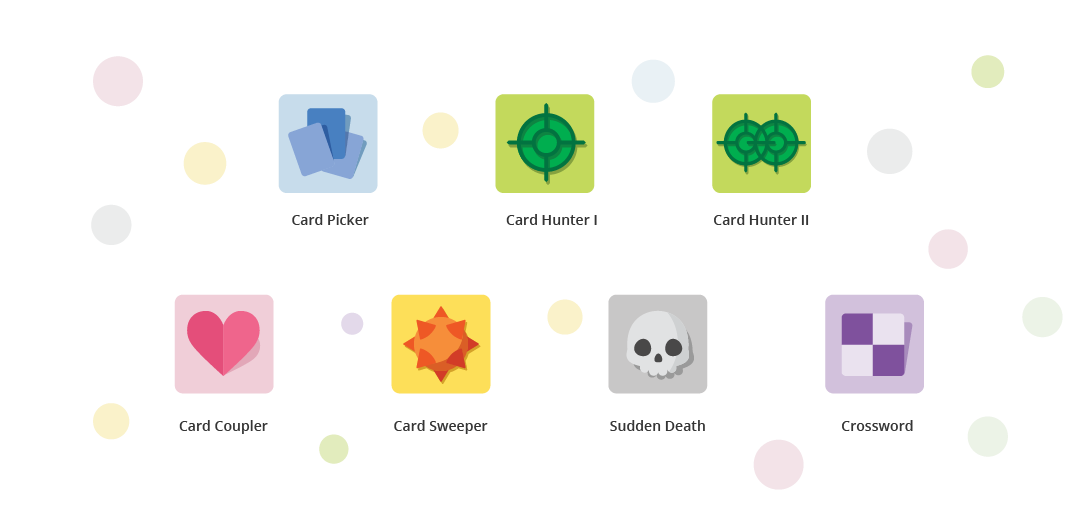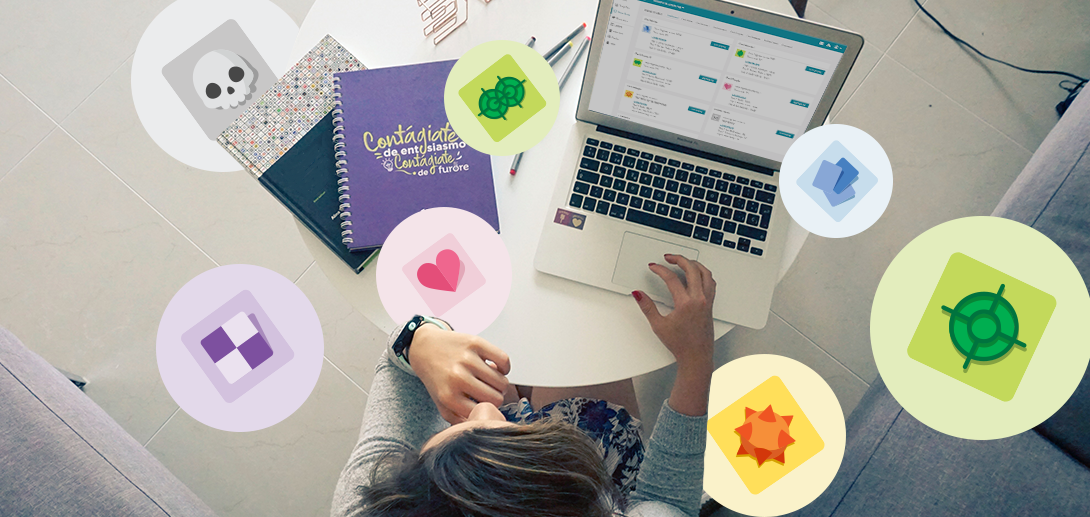6 Games for Next-Level Game-Based Learning
Gamification has become a learning management buzzword, and for good reason. Using game-based learning results in better outcomes for your learners.
With higher rates of technology adoption, there are more ways to transform learning with technology. That’s why the ideal learning management system (LMS) uses gamification in learning.
Table of Contents
Want to learn how to gain a competitive advantage by digitizing your content and meeting the needs of today's learners? Check out the McGraw Hill Case Study to learn how McGraw Hill increased engagement 10 times over by leveraging BenchPrep.

What Is Game-Based Learning?
Game-based learning takes learning from a passive state to an active state. This means that it transforms study materials into elements of a game-like activity. Think of when a teacher plays a quiz game with a classroom on vocab terms relevant to a future test. That was a simple form of gamification. Instead of feeling like they were studying, students felt like they were playing a game.
Gamification is translating learning into a game to increase retention and engagement. One gamification expert defines gamification as "the craft of deriving all the fun and addicting elements found in games and applying them to real-world or productive activities.”
Modern game-based learning is the digital version of classroom memory games. They use badges, points, and leaderboards to motivate users.

What Is the Value of Gamification?
Game-based learning may be fun, but it also holds actual value over traditional learning methods. These stats show the power of incorporating gamification into your learning model:
- Using game-based motivation boosts engagement by 48 percent.
- 90 percent of employees were more productive when they engaged in gamification.
- 72 percent of people believe that gamification inspires them to work harder.
Gamification delivers value for learners in a few different ways. First, with increased motivation and engagement, learners are more likely to study. It’s also easier to retain knowledge when you’re more engaged in the material.
Additionally, as 72 percent of learners work harder due to gamification, they’re more likely to achieve their goals. It also increases competition among groups of learners. There are a couple of features that tap into the competitive side of gamified learning:
- Badges – Learners can earn badges for accomplishments. For example, correctly answering five questions in a row; accruing knowledge points; or interacting with features such as notes and bookmarks. Badges act as rewards enticing the learner to strive to earn more.
- Leaderboards – Leaderboards track and reveal which users have made the most progress and have the highest scores. Learners are encouraged to perform better so they too can be on the leaderboard.
Based on data collected by BenchPrep, when our learners complete around 40 assessment items, their engagement and performance levels begin increasing at a faster rate. Gamification thus leads to faster gains and greater mastery of the material.
Start gamifying your courses now with the tools listed below.
BenchPrep’s Top 6 Tools for Game-Based Learning
So, what does gamification actually look like in the context of a learning platform? With the following six games, you can engage learners in active learning. This encourages them to learn more and retain more material.
1. Card Picker
The object of Card Picker is to match side one of a flashcard to side two. While this may sound simple enough, the game increases in complexity by offering six possible matches and requiring the learner to pick the correct option. With each answer, the learner earns points for correct pairings and speed of selection. Learners also have a set number of lives, which are used up with each wrong answer. To better hone their knowledge, learners can select a specific category of flashcards.
2. Card Hunter
Card Hunter is a matching game with a twist. The game increases in difficulty as learners complete each round. In round one, the learner has two pairs of flashcards that they must match. If the pairs are matched correctly on the first try, the learner earns points and moves to the next round. If the pairs are incorrectly matched, the user loses a life and starts over with two pairs of cards.
Learners can also choose specific categories of cards to focus on. The learning platform tracks the total amount of time it takes to finish the game, which the learner can use to compare their progress for next time.
3. Card Sweeper
When playing Card Sweeper, the goal of the game is to match each pair of cards on the board. The board begins with 16 cards, eight of which are blank. Among the other eight cards is a single successful match. If a user pairs both sides correctly, those cards disappear, a new side is added, and the remaining cards are shuffled. Among those six existing and one new cards, there is another match. The learner pairs the new match, and the process repeats.
If cards are paired incorrectly, two cards are added and all are reshuffled. Once all the cards are matched successfully, the learner has won the game. Learners earn points based on speed and having a minimal number of attempts.

4. Card Coupler
Card Coupler is similar to the game Memory that you may have played as a child. The object of the game is to match 8 pairs of cards correctly. Before the game starts, the learner sees both sides of each card. Once the game begins, the cards flip over and shuffled. The learner then proceeds to click through the cards to find matches.
5. Crossword
For learners that love crossword puzzles, this game is an easy and fun way to learn. The terms from the flashcards are used to create an interactive crossword puzzle. Learners use hints to come up with the terms then fill them in on the puzzle.
Points are earned based on mode of difficulty, how many hints are used, and how quickly and accurately the puzzle is completed.
6. Sudden Death
In Sudden Death, learners test their knowledge of terms by attempting to answer as many consecutive questions correctly as possible. The learner continues on their streak of correctly answered questions until they get one wrong. The user has only one life allowing them to continue playing. Once the life has been used and a question is incorrectly answered, the game ends. The learner can choose both a category and subcategory of practice questions, and their score is determined by how long their streak is.





